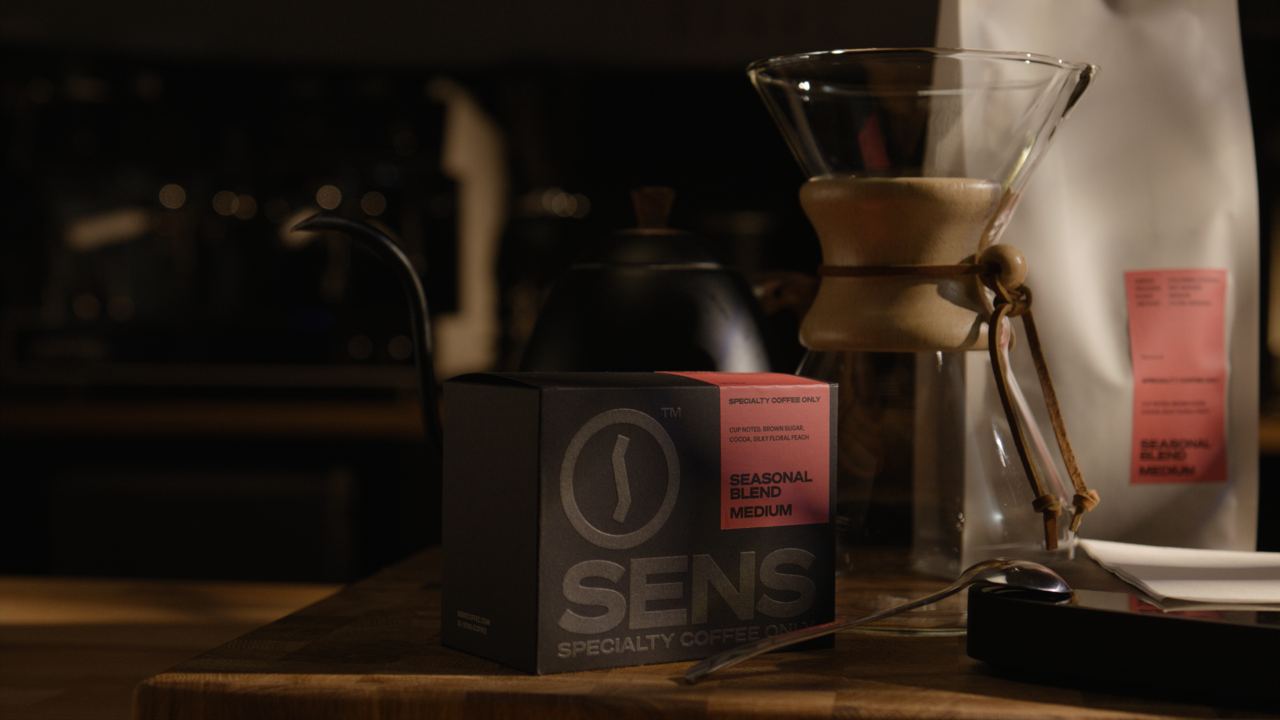The rising cost of coffee has been making headlines in financial and trade publications, raising an important question—what exactly is the price of coffee?
For some, the price of coffee refers to the cost of a latte at their local café, while for others, it means the price farmers receive for harvested coffee cherries. Between these two perspectives, there are numerous price points in the coffee supply chain, from farm-level payments to global benchmark prices.
One of the most widely referenced indicators in the coffee industry is the “C price,” a benchmark that influences the broader coffee trade. Despite being controversial and often misunderstood, the C price plays a key role in price setting within the market.
What Is the C Price for Coffee?
The C price is a global benchmark for green arabica coffee traded on the Intercontinental Exchange (ICE) in New York. The term originated when Central American coffee producers sought to distinguish their coffee from Brazilian coffee.
Through ICE, traders engage in futures contracts, which are agreements to buy or sell a specific amount of coffee at a set price in the future. These trades provide the market with a reference point—the C price—which is used by many in the industry, from farmers to roasters.
How Has the C Price Changed Over Time?
Like other commodities, coffee prices follow cycles of spikes and declines based on supply, demand, weather conditions, and economic trends.
From 1989 to 1994 and again from 2000 to 2004, coffee prices experienced sharp declines following the collapse of the International Coffee Agreement (ICA), which had previously regulated supply and prices.
In the early 2010s, prices surged due to coffee leaf rust disease, which damaged crops in Latin America.
Between 2017 and 2020, coffee prices dropped below $1 per pound, creating another crisis for producers.
In February 2025, the C price exceeded $4 per pound for the first time, making headlines worldwide.
How Speculation Impacts Coffee Prices
While supply and demand play a role in determining coffee prices, speculative trading by hedge funds, investment firms, and individual traders also influences the market. These financial participants often have no direct involvement in coffee production but buy and sell futures contracts based on market trends and economic forecasts.
This speculation can lead to price swings that are not necessarily tied to actual changes in coffee supply, creating uncertainty for farmers and businesses that rely on stable pricing.
Is the C Price a Reliable Indicator?
Despite its widespread use, the C price is not a perfect reflection of the realities faced by coffee producers, roasters, or consumers. It is shaped by financial markets and investor sentiment rather than purely by agricultural conditions or production costs.
While coffee prices will likely continue to dominate headlines in 2025, it is essential to recognize that the C price is a financial benchmark rather than an absolute measure of what coffee is worth. For those involved in the coffee industry, understanding the forces driving these prices is crucial in navigating the ever-changing market landscape.






